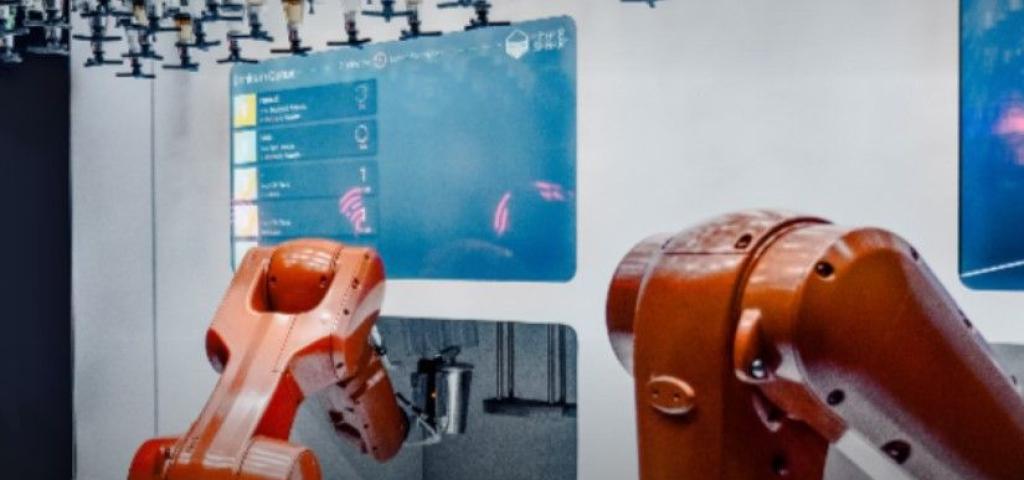
Robotics Designers and Engineers Can Meet the Moment with Today’s Advanced Technologies
The technology landscape in which robotics designers operate has rapidly shifted, with increased stacks, vendors, and advanced features vying for priority. Cloud and edge computing have expanded massively, 5G now underpins many intelligent systems, and the mobile robot market is finding application in everything from military systems to hospital operations.
These changes present both significant challenges and tremendous opportunities.
Robotics devices must effectively navigate defined physical spaces without impeding the movement or work of other robotic devices and humans. They must also function seamlessly, operating as trustworthy cobot workers and using existing wireless infrastructures, including 5G, in a secure manner.
To ensure this on all levels, there are two keys to success:
- An agile workflow that supports CI/CD
- Simulated environments that support 3-D planning and testing
Critical Factors That Help Designers
Two important factors help robotics designers plan for the challenges and opportunities of today’s complex landscape — and, indeed, to build those plans into every stage of development.
Well-defined workflows: Workflows that operationalize testing, securing, and iterating prompt engineers to address environmental and other challenges along the way — rapidly.
Secured cloud: We’ve found it’s incredibly helpful having everything in the secured cloud. With design and development in the cloud, designers can collaborate and share information more effectively, no matter where they are in the world.
These defined workflows in the cloud-based platform also help robotics developers test and prove that their devices will work in specific, real-world environments and scenarios — without needing access to the physical spaces during these phases of development. This is where advanced simulated environments become advantageous at a game-changing level.
Virtual, Simulated Environments Allow Testing
Testing robotic devices in the physical world is often difficult, because the places where these devices would be tested — hospitals, warehouses, factory floors — are 24/7 operations that can’t necessarily shut down large areas to allow for testing.
“It’s almost impossible to get access to even just a corner of a facility to do physical testing,” explained Brian Gerkey, the cofounder and CEO of Open Robotics, during a 2022 Robotics Engineering Week webinar.
This is why testing in an accurately detailed virtual simulation can be essential.
You can customize a Wind River® Studio Virtual Lab to simulate a physical environment and specific conditions that will exist in your planned deployment site. For example, the simulation can include other robotics systems — perhaps existing cobots — and humans to ensure that interactions with both will be safe and secure.
Thorough testing also creates the documentation and proof to achieve any needed certifications and to convince the customer that the system will operate reliably, safely, and securely in the specific environment required.
Simulation Helps Robotics Engineers Focus on What They Do Best
With all the possibilities that 5G, edge computing, artificial intelligence, and machine learning bring to the world, robotics engineers and designers can leverage simulation technologies that allow them to stay focused on advancing and perfecting their craft.
We discuss the ways you can leverage these technologies in our Robotics Week webinar, Cloud-Based Robotics Initiatives for Success. It’s a great discussion full of insights from Andrei Kholodnyi, principal technologist, Wind River, and Brian Gerkey, CEO and cofounder, Open Robotics. We recommend checking it out.

